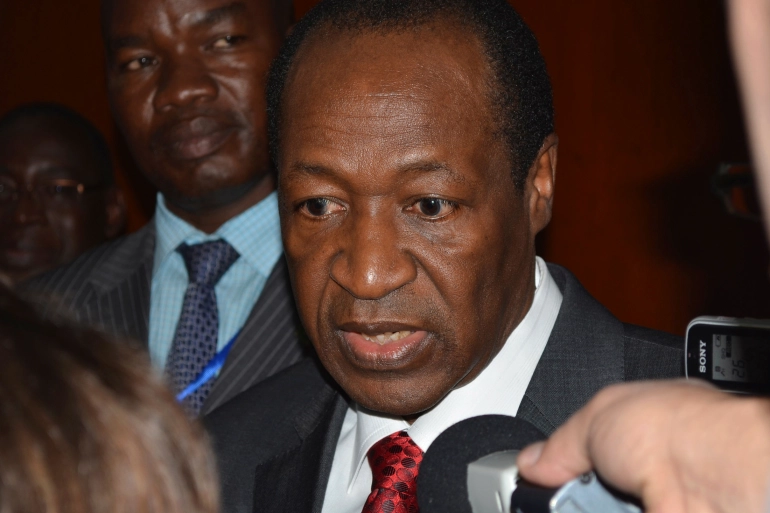Berbera (Somali: Barbara, Arabic: بربرة) is a city in the northwestern Berbera District of Somaliland. It is situated in the Woqooyi Galbeed province in the autonomous Somaliland region of Somalia.[1]
In antiquity, Berbera was part of a chain of commercial port cities along the Somali seaboard. It later served as the capital of theBritish Somaliland protectorate from 1884 to 1941, when it was replaced by Hargeisa. In 1960, the British Somaliland protectorate gained independence as the State of Somaliland and united as scheduled five days later with the Trust Territory of Somalia (the former Italian Somaliland) to form the Somali Republic.[2][3] Located strategically on the oil route, the city has a deep seaport, which serves as the region’s main commercial harbor.
Contents
Berbera preserves the ancient name of the coast along the southern shore of the Gulf of Aden. It is thought to be the city Malaodescribed as 800 stadia beyond the city of the Avalites, described in the eighth chapter of the Periplus of the Erythraean Sea, which was written by a Greek merchant in the first century AD. In the Periplus it is described as
an open roadstead, sheltered by a spit running out from the east. Here the natives are more peaceable. There are imported into this place the things already mentioned, and many tunics, cloaks from Arsinoe, dressed and dyed; drinking-cups, sheets of soft copper in small quantity, iron, and gold and silver coin, not much. There are exported from these places myrrh, a little frankincense, (that known as far-side), the harder cinnamon, duaca, Indian copal and macir, which are imported into Arabia; and slaves, but rarely.[4]
Middle ages[edit]
Duan Chengshi, a Chinese Tang Dynasty scholar, described in his written work of AD 863 the slave trade, ivory trade, and ambergris trade of Bobali, which is also thought to be Berbera (see Maritime section of Tang Dynasty for more). The city was also later mentioned by the Islamic traveller Ibn Sa’id as well as Ibn Batutta in the thirteenth century.[5]
However, as I.M. Lewis notes, “beyond the fact that during the period of Portuguese domination in the Red Sea the town was sacked in 1518 by Antonio de Saldanha, little of its history is known before the eighteenth and nineteenth centuries.”[6] In 1546, the Ottoman Empireoccupied the northwestern regions of Somalia including Berbera. It also made Zeila the regional capital due to the latter’s strategic location on the Red Sea.

City skyline (view in Full HD)
One certainty about Berbera over the following centuries was that it was the site of an annual fair, held between October and April, which Mordechai Abir describes as “among the most important commercial events of the east coast of Africa.”[7] The major Somali clan of Isaaq inSomalia, caravans from Harar and the Hawd, and Banyan merchants from Porbandar,Mangalore and Mumbai gathered to trade. All of this was kept secret from European merchants, writes Abir: “Banyan and Arab merchants who were concerned with the trade of this fair closely guarded all information which might have helped new competitors; and actually through the machinations of such merchants Europeans were not allowed to take part in the fair at all.”[8] Lieutenant C. J. Cruttenden, who wrote a memoir describing this portion of the Somali coast dated 12 May 1848, provided an account of the Berbera fair and an account of the only visible traces of man at the site: “an aqueduct of stone and chunam, some nine miles [15 km] in length”, which had once emptied into a presently dry reservoir adjacent to the ruins of a mosque. He explored part of its course from the reservoir past a number of tombs built of stones taken from the aqueduct to reach a spring, above which lay “the remains of a small fort or tower of chunam and stone … on the hill-side immediately over the spring.” Cruttenden noted that in “style it was different to any houses now found on the Somali coast,” and concluded with noting the presence in “the neighbourhood of the fort above mentioned [an] abundance of broken glass and pottery … from which I infer that it was a place of considerable antiquity; but, though diligent search was made, no traces of inscriptions could be discovered.”[9]
The British explorer Richard Burton made two visits to this port, and his second visit was marred by an attack on his camp by several hundred Somali spearmen the night of 19 April 1855, and although Burton was able to escape to Aden, one of his companions was killed.[10] Burton, recognizing the importance of the port city wrote:
In the first place, Berberah is the true key of the Red Sea, the centre of East African traffic, and the only safe place for shipping upon the western Erythraean shore, from Suez to Guardafui. Backed by lands capable of cultivation, and by hills covered with pine and other valuable trees, enjoying a comparatively temperate climate, with a regular although thin monsoon, this harbour has been coveted by many a foreign conqueror. Circumstances have thrown it as it were into our arms, and, if we refuse the chance, another and a rival nation will not be so blind








